Disciplining your toddler can feel like walking a tightrope. One minute, your child is calmly coloring something, and the next, your child is melting down on the floor because you peeled their apple. If you are exhausted by tantrums and wondering how to discipline your child without yelling or hitting, don’t worry, we are here to help you.
The toddler stage is a wild mix of messy house, boundary-pushing, emotional chaos, and discovery. Keep in mind that discipline is actually about teaching, not punishing. Positive discipline will help your child to learn empathy, self-empathy, and responsibility— skills they’ll carry in adulthood. The only condition is that the discipline should be done correctly.
In this article, we’ll explore effective toddler discipline techniques that nurture rather than punish, guide rather than scare, and most importantly, work in the real world.
Understanding Toddler Behavior
Before jumping into strategies, it’s better to understand that toddlers aren’t being bad on purpose and what’s going on in your toddler’s brain. They are still trying to figure out big feelings at this age. Their prefrontal cortex, the part responsible for impulse control, is far from developed. That’s why they do things like screaming “no” at most things, acting out, or breaking every toy. It’s not what you call disobedience. It’s immaturity.
Discipline is more about teaching long-term life skills than stopping their behavior at the moment. Remember one thing: to stay calm, that your child isn’t giving you a hard time, they’re having a hard time.
Why Positive Discipline Works

The main goal of positive discipline is to raise respectful, self-motivated, mature, and emotionally intelligent kids. It uses boundaries, consistency, and respect instead of fear or shame to teach lessons. Much research shows that this type of lesson leads to stable behavior overtime and strengthens parent-child bond.
It also helps kids feel secure, which is key in the early years of a child. When toddlers know what to expect, they are less likely to spiral.
Start With Connection, Not Correction

It’s one instinct to act frustrated when your toddler acts out. But what they truly need more in this situation is connection. Speak calmly, get down to their level, and make eye contact. This comforts your child that you are not here to control them; instead, you are on their team.
For example, if your child refuses to eat breakfast, instead of snapping, say: “I see you’re upset. Not eating is bad for your health. Let’s find a better way to show you are upset.”
Over time, they’ll stop misbehaving and learn how to express their feelings. Make them feel that you are a safe place, even when they mess up.
Offer Choices to Avoid Power Struggles
Toddlers are not ready to make big decisions, but they try to control everything by refusing and other things. That’s why they try to fulfill their cravenness by offering a limited choice. Instead of saying: “Put your shoes on immediately,” try, “Which shows you want to wear, blue or yellow ones?”.
This gives your child a sense of autonomy within a safe structure. It keeps you in control in situations while building your toddlers decision making skills and preventing meltdowns.
Set Clear and Consistent Limits

Toddlers demand consistency and routine. If you say no snack before dinner one day, but allow it the next day, they’ll test boundaries again and again. That’s why clear, firm limits are crucial.
Keep your rules simple and repeat them: “We clean up dishes after eating,” or “We make the bed after waking up”. Be specific and calm. Avoid ambiguous stuff like “be good”; toddlers often don’t know what that means. You can add visual aids like routine charts or emotion flashcards to support these boundaries, especially during transitions like bedtime or clean-up.
Use Natural and Logical Consequences
Focus on natural and logical consequences instead of punishments. If your toddler refuses to wear gloves, let them feel cold for a few minutes. If they refuse to eat, end the meal. These real-life consequences will teach cause and effect better than a time-out scheme.
The important thing is to follow through with empathy, not anger. Say, “We are done eating because you refuse to eat. Try again at snack time”. This will not shame or scare your child; rather, teach them that choices always have outcomes.
Don’t Just Say “No”, Redirect

No doubt “NO” is necessary sometimes, but overusing it might cause your toddler to stop listening. Redirect their specific behavior to something appropriate instead of restraining them.
If they are hitting or breaking a toy in frustration, say, “Let’s punch a soft pillow whenever you feel mad.” This teaches them emotional regulation in the process and shows that outlets for big emotions are acceptable.
Another way is to keep a sensory bin handy with tools or a “calm down” box that helps redirect frustration or intense energy.
Helpful Products to Support Positive Discipline for Toddlers
Visual routine charts so toddlers understand what’s expected throughout the day.
Reward sticker charts to encourage good behavior with positive reinforcement.
Calm-down corner supplies like soft pillows, blankets, and sensory toys for cooling off.
Emotion flashcards to help toddlers name and manage their feelings.
Soft timers or hourglasses for setting gentle limits without power struggles.
Puppet sets to role-play right vs. wrong behavior in a fun way.
Magnetic responsibility boards to track daily tasks and build accountability.
Breathing buddy plush toys to teach calming techniques during frustration.
Child-sized cleaning tools to let toddlers help and learn responsibility.
Praise Effort, Not Just Results
It’s essential to praise big milestones like sharing a toy or using a pot. But do praise the efforts they put into those choices. Say things like, “You worked so hard to clean the floor after playing,” or “I noticed you tried to calm down even though you were mad.”
This encourages a growth mindset and builds internal motivation, which is a powerful tool for disciplining toddlers with love and intention.
Stay Calm and Follow Through

Let’s be clear staying calm staying calm in the face of a toddler mess isn’t easy. But your response tone is important. If you scream, they learn to scream. If you choose to stay steady, they learn to adjust, too.
Model the consequences you are trying to enforce and stick to them. If you say, “We will leave the park if you don’t share the toys,” and they don’t still, calmly follow through. Don’t threaten what you don’t do.
Overtime, this creates trust which is a critical piece of child discipline. Be consistent because consistency teaches your toddler that your words mean something.
Conclusive Thoughts
Disciplining a toddler isn’t about control; it’s about guiding them. They’re not supposed to “know better” yet; that’s your job, and you’re learning too. With patience, consistency, and empathy, you’re helping your child develop the tools they’ll use for a lifetime of relationships, responsibilities, and self-awareness. You won’t always get it right. There will be hard days. But every time you choose connection over control, calm over chaos, you’re laying the foundation for a secure, respectful bond with your child.
Frequently Asked Questions
1. At what age should I start disciplining my child?
It’s better to start teaching expectations and setting subtle boundaries around 12-18 months. Discipline at this age focuses on connection, guidance, and redirection, not punishment.
2. Is a time-out a good method for disciplining toddlers?
Time-outs can be overused or misunderstood. For toddlers, “time-ins” are often more effective, where you stay close and help them regulate. The goal is to teach, not isolate.
3. Should both parents discipline the same way?
Absolutely. Consistency between caregivers is key. Mixed messages confuse toddlers. It helps if both parents agree on rules, language, and consequences ahead of time.
4. What are some gentle discipline techniques for toddlers?
Gentle techniques include redirection, natural consequences, calm-down corners, offering choices, and modeling behavior. These approaches are rooted in emotional connection and respect.
5. What if I lose my temper while disciplining?
It happens — you’re human. Apologize and model how to handle mistakes. Say, “I was frustrated, and I yelled. I’m sorry. I’ll try to stay calm next time.” That models emotional honesty and growth.
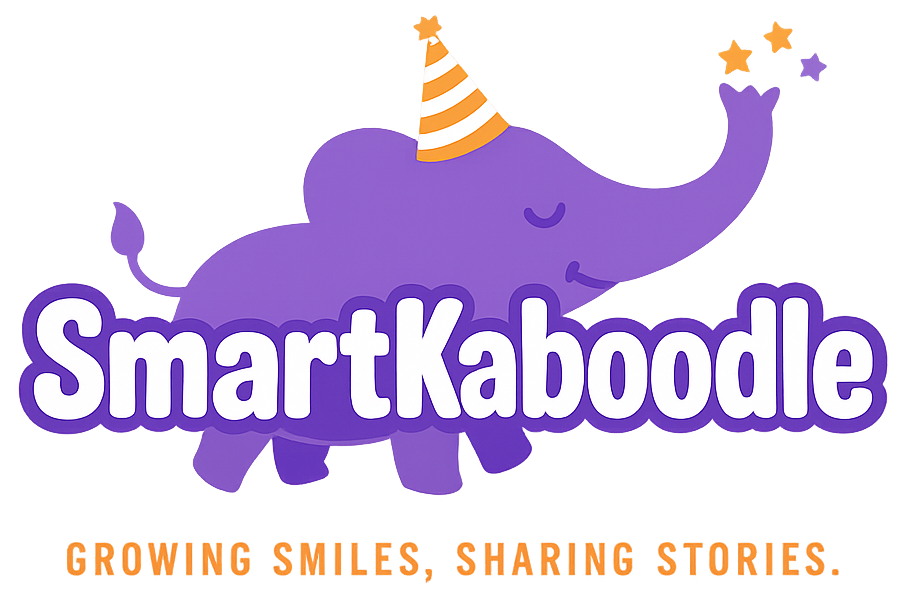
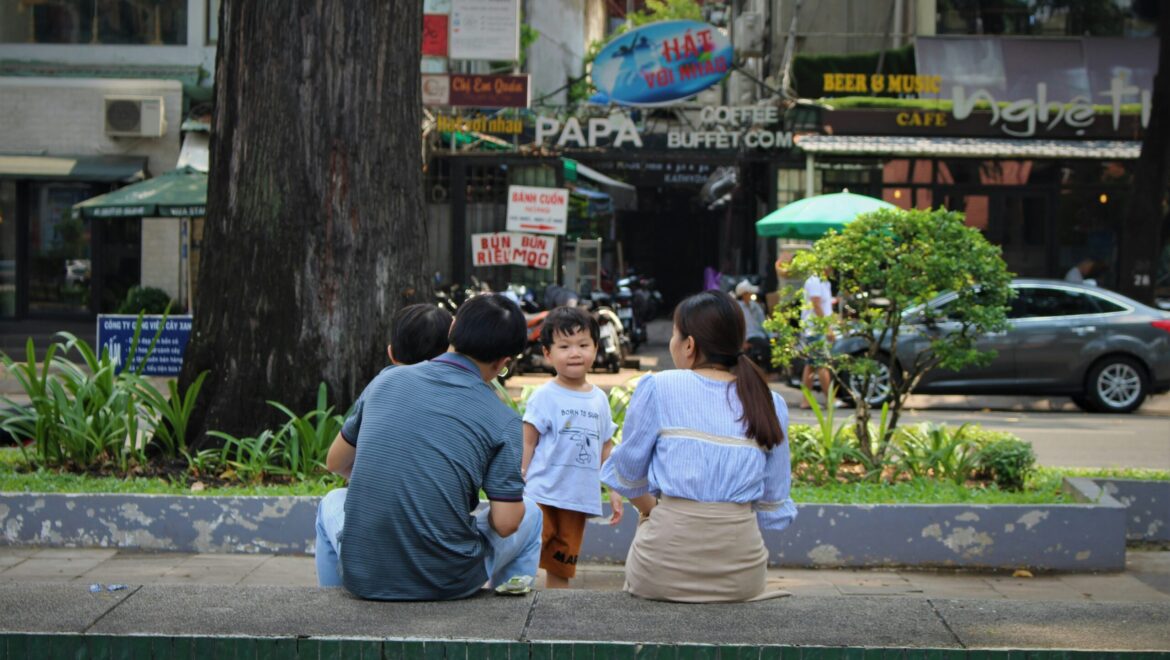
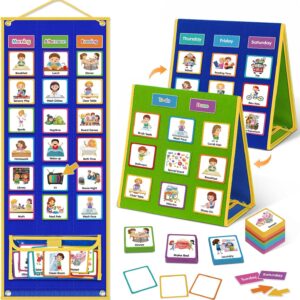
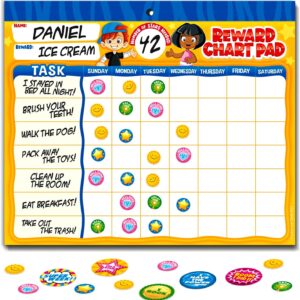
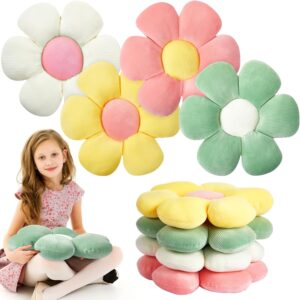
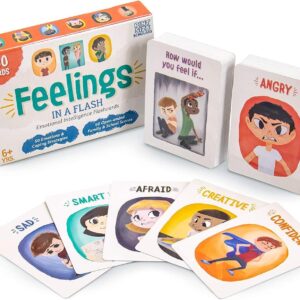
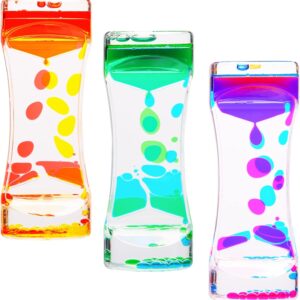
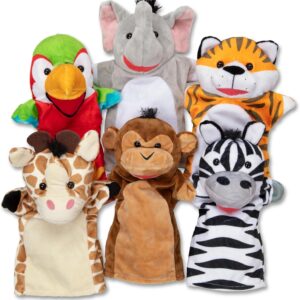
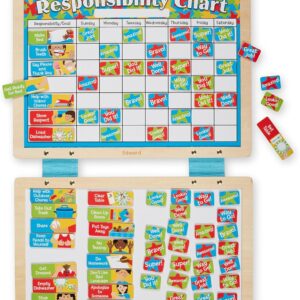
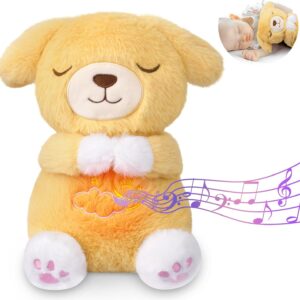
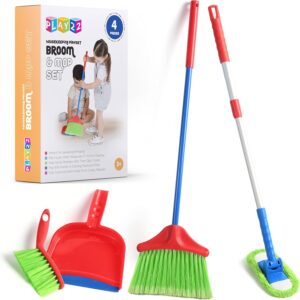
Add Comment